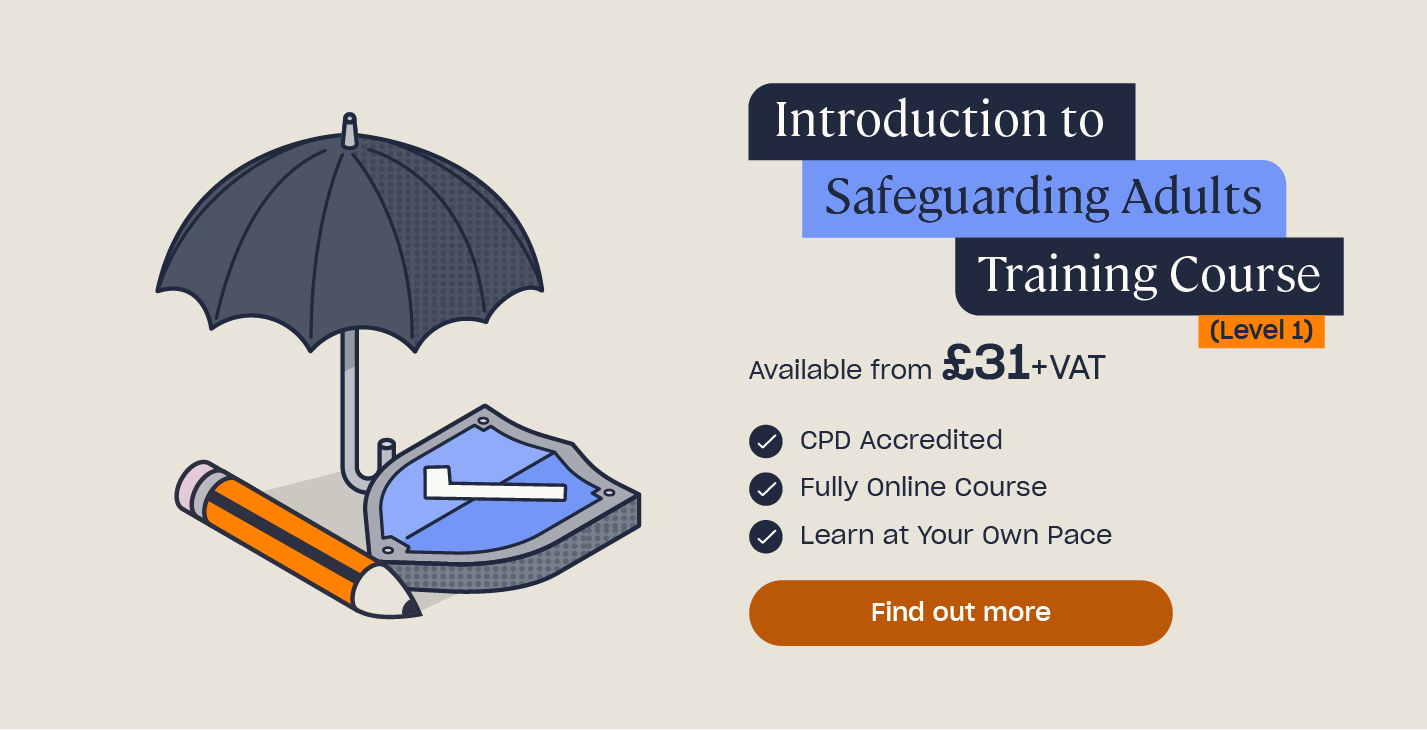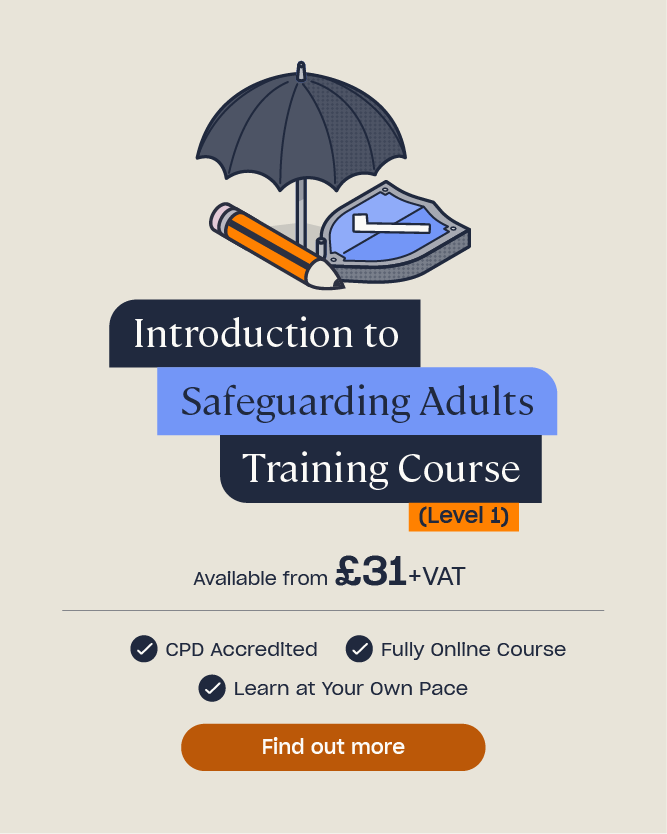Sensory Overload in Adults
When a person experiences sensory overload, it can affect their behaviour, wellbeing and quality of life. Whilst most of us can take a quick break or a deep breath when we feel overwhelmed, those who become overstimulated by their environment often cannot cope in the same way, and may become panicked or frightened by day-to-day life.
If you work with adults who experience sensory overload – particularly those with autism, ADHD or another neurodivergence – then it’s important to understand the condition so you can offer the support they need. In this article, we’ll look at what causes sensory overload in adults, list some things that may trigger it and help you recognise how to help someone struggling with overstimulation.

What Causes Sensory Overload in Adults?
Sensory overload, also known as overstimulation, occurs when your brain takes in more information than it can process, causing you to feel overwhelmed. It’s triggered by external stimulation of the five senses – sight, sound, touch, taste and smell – and this feeling of overload or overwhelm triggers your body to enter ‘fight, flight or freeze’ mode as it prepares to react to the perceived threat.
Sensory overload in adults can feel like an assault on the senses. It may be one specific sense that causes the problem – like places with loud music (sound) – or multiple senses being overloaded all at once, such as in a busy supermarket with lots to look at (sight), noisy customers (sound) and multiple aromas from the bakery, coffee stand and cleaning aisle (smell).
Common things that may overstimulate an adult include:
- Bright lights, such as those used in supermarkets and shopping centres.
- Background music, particularly if it’s too loud/too quiet to hear.
- Echoing sounds.
- Busy environments with lots of people or lots going on.
- Noisy environments, like festivals, children’s parties and busy restaurants.
- Sudden strong smells, like perfumes, smoke or chemicals.
- A plate of food with too many different flavours or textures.
- Sudden loud noises, like a crying child, noisy traffic or an alarm.
- Unexpected or unfamiliar textures, such as animal fur, clothing or food.
- Environments with lots to look at, such as a messy kitchen.
Looking to Learn More?
If you work with adults who need further support with sensory overload and overstimulation, then take a look at our full range of Health and Social Care courses. In particular, our Mental Health Awareness training and Introduction to Safeguarding Adults courses.
Signs of Overstimulation in Adults
If someone encounters an environment where they experience sensory overload, then it immediately triggers their brain to feel threatened, they begin to panic and their body prepares them for fight, flight or freeze.
A fight, flight or freeze response is an unconscious reaction by the brain to a perceived threat. When we feel threatened by a situation, we tend to instinctively respond in one of three ways: we either prepare to fight the threat head on, get ready to flee the situation or completely freeze and are unable to respond at all. This response is completely natural and we often feel it in a variety of situations.
This unconscious reaction to overstimulation leads to various physical symptoms, such as:
- An increased heart rate.
- Sweaty hands.
- Pale skin, particularly the face.
- Shaking.
- Restlessness and being unable to sit still.
- Feeling scared, wary and unsafe.
- Withdrawal and refusal to interact.
- Panic, crying or anger.
- Anxiety.
- Irritability.

How to Deal with Sensory Overload in Adults
It’s important to recognise that the physical response to sensory overload is not a conscious decision by the adult, and it’s not simply an overreaction to a situation. Sensory overload happens unconsciously when the brain feels threatened by the environment, usually within a split second of encountering the ‘threat’. However, the symptoms of overstimulation in adults can be controlled and managed by avoiding triggers and knowing how to calm a person down.
A few useful tips for helping an adult experiencing sensory overload include:
- Using earplugs or noise-cancelling headphones to reduce noise.
- Listening to music through headphones to distract the brain.
- Wearing sunglasses to shield from bright lights.
- Dimming the lighting in particular rooms or areas.
- Creating a designated ‘quiet zone’ with familiar items for the person.
- Practising mindfulness and other self-calming activities to help reduce anxiety, such as meditation, reading, yoga or controlled breathing.
- Taking part in talking therapy or cognitive behavioural therapy (CBT) to help reduce anxiety or fear and manage the symptoms.
- Setting boundaries and knowing it’s OK to leave the room when the situation becomes triggering.
- Encouraging exercise, healthy eating and consistent sleep.
- As someone who cares for the adult – remaining calm, kind and considerate, as what they’re experiencing is likely to be much worse than what you’re dealing with.
Sensory overload can happen to any adult but is more common amongst those with a neurodiversity, such as autism or ADHD. The key is to recognise what the triggers of overstimulation are for each particular person, know how to identify the symptoms that may suggest they’re struggling, and to react with kindness should sensory overload occur. Whilst sensory overload can be overwhelming, there are coping strategies available for every adult.
Further Resources
- Introduction to Safeguarding Adults (Level 1)
- Autism in Females: Is it Different?
- ADHD Myths and Facts







